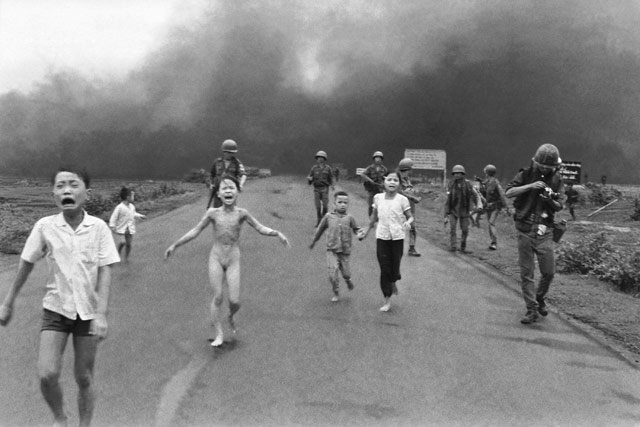Documentary photography emerged after the
First World War and developed through the twentieth century. Photo magazines
“Life in the USA, Picture post in Britain” “Drum” in South Africa and many
others created stories on everyday life. The aim of social documentary work was
to enlighten and creatively educate.
Editing such as arrangement of pictures, the
layout on the page, cropping photographs, use of captions and titles
establishing context for work. Editors had to think of the audience and advertisers,
potential legal or political issues. Censorship was used.
Auteur photographers came around in
1930s. Photo books were published
Brassai’s famous book Paris du nuit”. Bill Brant’s 1938 book “A night in
London”.
Russian revolution of 1917. Constructivism
in the USSR. Western democracies were
all Documentary movements and social
change. “Humanist” photography, Martha Rosler.
Stories on “illicit love” or “The French
leaving Vietnam after Communism had taken root.
Social documentary was about social
experience. In police mug shots or social surveillance, use pictures as visual
evidence.
Matthew Brady, Jacob A., Lewis Hine, all
aimed to educate and disseminate the truth about an issue. Issues they
documented- war, slums, immigrants, child labour, street workers.
Eric Hobsbawm notes “Reportage’ the term
first appears in French dictionaries in 1929 and in English ones in 1931 –
became an accepted genre of socially- critical literature ”.
(Peter Woollen “Fire and Ice”. Berenice
Abbott)
(Henri Cartier- Bresson’s “The decisive
moment” )
“Seeing
with there own eyes”Documentry photography won arguments built on trust.
1930 American depression, as represented by
the Frarm security Administration project. (work on wars and their aftermath,
exploited migrant labour, racism, genocide.
The idea of witnessing invokes the concept
of voyeurism, defined as an illicit or obsessive act of looking. French psychoanalyst Jacques Lacan puts it
like this in his essay “What is a Picture?” “How could this showing satisfy
something, if there is not some appetite of the eye on the part of the person
looking? This appetite of the eye must be fed produces the hypnotic value of
painting.”
Gradually during the 1980s, the use of colour
photography began to appear in documentary and art. Arguments that colour documenting was too
easy and superficial and cosmetic came about.
William Eggleston ( The Democratic Forest)
is a snapshot based aesthetic.
Photographers adopted tatics ranged between
tripod-based and hand held scenes which create distinct viewer positions
perceived as either an objective or subjective “witness” position.
Jeff walls art photographs he calls “near
docimentry” represent reincarnation of history
and social documentary.



























